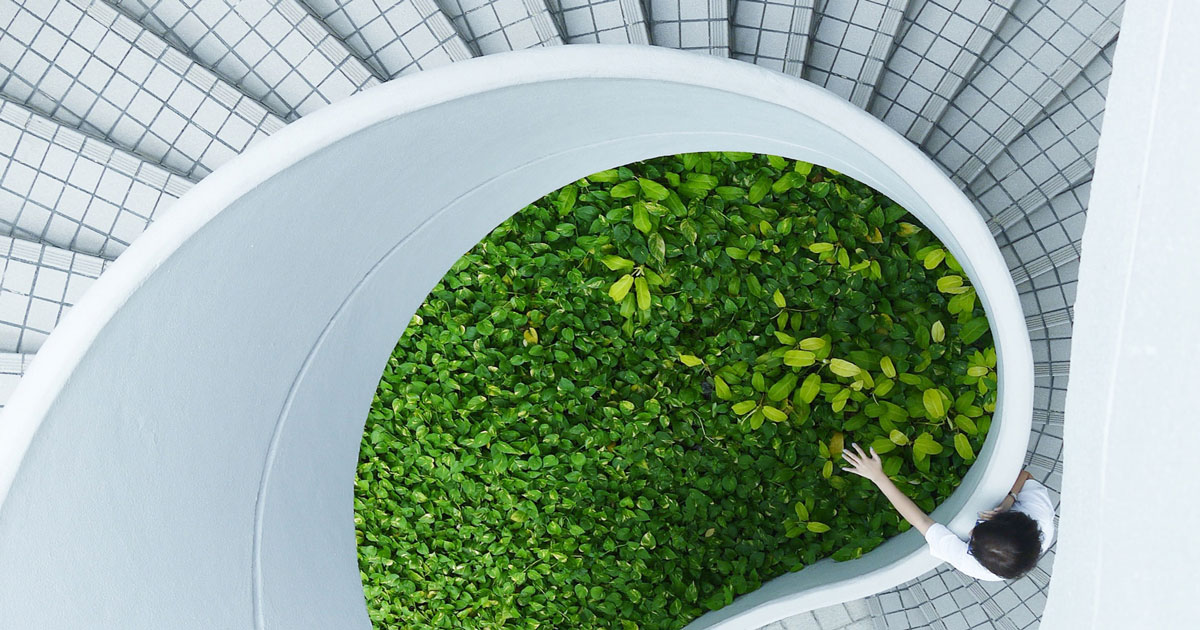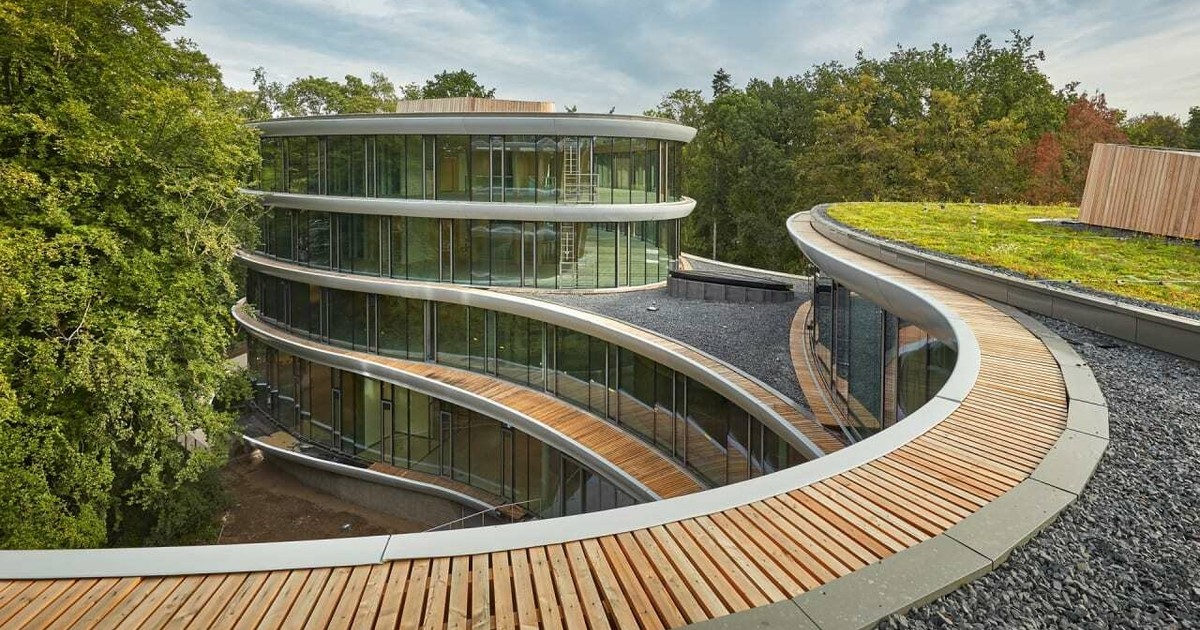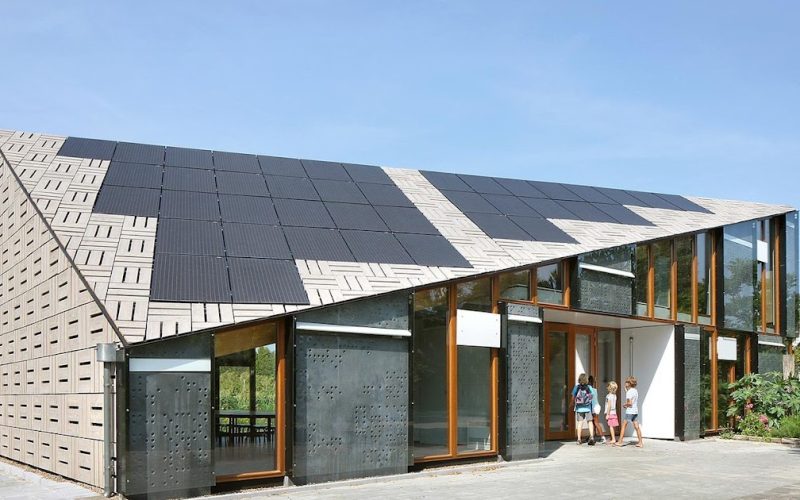In the dynamic realm of architecture, sustainability has emerged as a guiding principle that shapes the design, construction, and operation of buildings. Sustainable architecture focuses on creating environmentally friendly, energy-efficient, and responsible structures that minimize the impact on the planet and prioritize the well-being of occupants. As we look towards the future of architecture, new trends in sustainable practices are redefining the industry, emphasizing innovation, resilience, and sustainability. This article explores the latest trends in sustainable architecture that are advancing eco-conscious design, promoting sustainable development, and transforming the built environment.
1. Passive Design Strategies:
Passive design strategies are a key trend in sustainable architecture, focusing on harnessing natural elements such as sunlight, wind, and thermal mass to optimize energy efficiency and comfort within buildings. Passive design features include orientation, shading, natural ventilation, and insulation that reduce reliance on mechanical heating and cooling systems, lowering energy consumption and promoting thermal comfort. By incorporating passive design strategies, architects create buildings that are naturally cool in summer, warm in winter, and inherently sustainable in their energy performance.
2. Green Roofs and Living Walls:
Green roofs and living walls are sustainable architectural elements that integrate nature into the built environment, enhancing biodiversity, reducing urban heat island effect, and improving air quality. Green roofs feature vegetation on building rooftops, providing insulation, stormwater management, and aesthetic beauty to structures. Living walls are vertical gardens composed of plantings that offer similar benefits while also enhancing visual appeal and indoor air quality. Green roofs and living walls exemplify sustainable architecture by promoting ecological balance, energy efficiency, and human well-being.
3. Net-Zero Energy Buildings:
Net-zero energy buildings are leading the way in sustainable architecture by producing as much energy as they consume over the course of a year, resulting in a net-zero carbon footprint. These buildings utilize renewable energy sources such as solar panels, wind turbines, and geothermal systems to generate clean energy while incorporating energy-efficient features like high-performance insulation, LED lighting, and energy-efficient appliances. Net-zero energy buildings demonstrate the potential for sustainable architecture to achieve carbon neutrality, energy independence, and environmental stewardship in the construction industry.
4. Adaptive Reuse and Renovation:
Adaptive reuse and renovation have gained prominence in sustainable architecture as strategies to repurpose existing buildings, reduce waste, and preserve historical and cultural heritage. Rather than demolishing structures, adaptive reuse involves transforming and retrofitting old buildings for new uses, extending their lifespan and reducing carbon emissions associated with new construction. By preserving embodied energy, materials, and architectural character, adaptive reuse and renovation exemplify sustainable architecture’s commitment to resource efficiency, heritage conservation, and sustainable development.

5. Biophilic Design Elements:
Biophilic design elements integrate natural elements and patterns into architectural spaces to enhance occupants’ health, well-being, and connection to nature. Biophilic elements such as natural light, views of greenery, indoor plants, and water features create environments that promote stress reduction, cognitive function, and emotional well-being. By incorporating biophilic design principles, architects foster environments that support human health and productivity, reinforcing sustainable architecture’s holistic approach to promoting environmental stewardship and human-centered design.
6. High-Performance Building Envelopes:
High-performance building envelopes are essential components of sustainable architecture that enhance energy efficiency, thermal comfort, and indoor air quality. Building envelopes comprise walls, roofs, windows, and insulation systems that control heat transfer, air infiltration, and moisture management within structures. By implementing high-performance building materials, glazing, and insulation, architects create thermally efficient and airtight envelopes that minimize energy loss, optimize natural daylighting, and promote occupant comfort, demonstrating sustainable architecture’s commitment to energy conservation and environmental performance.
7. Circular Economy Principles:
Circular economy principles are reshaping sustainable architecture by promoting a regenerative approach to materials, resources, and waste management throughout the building lifecycle. Architects are adopting circular design strategies such as material reuse, recycling, and resource recovery to create buildings that generate minimal waste and maximize resource efficiency. By embracing circular economy principles, sustainable architecture contributes to a closed-loop system that reduces environmental impact, conserves resources, and promotes sustainable practices in the construction industry.
8. Smart Building Technologies:
Smart building technologies are revolutionizing sustainable architecture by incorporating sensors, automation, and data analytics to optimize building performance, occupant comfort, and energy efficiency. Smart technologies enable real-time monitoring of energy usage, indoor air quality, occupancy patterns, and equipment efficiency, allowing buildings to adapt and respond to changing conditions for optimal operation. By integrating smart building technologies, architects create intelligent, responsive structures that enhance sustainability, resilience, and user experience in the built environment.
9. Water Conservation Strategies:
Water conservation strategies are integral to sustainable architecture, addressing the efficient use, reuse, and management of water resources within buildings. Architects incorporate water-saving fixtures, rainwater harvesting systems, graywater recycling, and low-impact landscaping to reduce water consumption and promote water efficiency. By implementing water conservation strategies, sustainable architecture minimizes water waste, protects water quality, and contributes to water sustainability in the face of increasing water scarcity and climate change.

10. Collaborative Design and Community Engagement:
Collaborative design and community engagement are essential trends in sustainable architecture that prioritize the involvement of stakeholders, end-users, and communities in the design process to create buildings that reflect social values, cultural context, and environmental priorities. By engaging with diverse perspectives, local expertise, and community needs, architects develop inclusive, sustainable solutions that prioritize community well-being, social equity, and environmental justice. Collaborative design and community engagement exemplify sustainable architecture’s commitment to creating spaces that are responsive, inclusive, and resilient within the broader context of social and environmental sustainability.
Conclusion:
Sustainable architecture is at the forefront of innovation, creativity, and responsibility in shaping the future of the built environment. From passive design strategies to net-zero energy buildings, adaptive reuse to biophilic design, the trends in sustainable architecture are driving a paradigm shift towards eco-conscious, resilient, and human-centered design practices. By embracing the latest trends in sustainable architecture, architects, designers, and builders are contributing to a more sustainable, equitable, and harmonious built environment that prioritizes environmental stewardship, social well-being, and long-term sustainability for generations to come.










